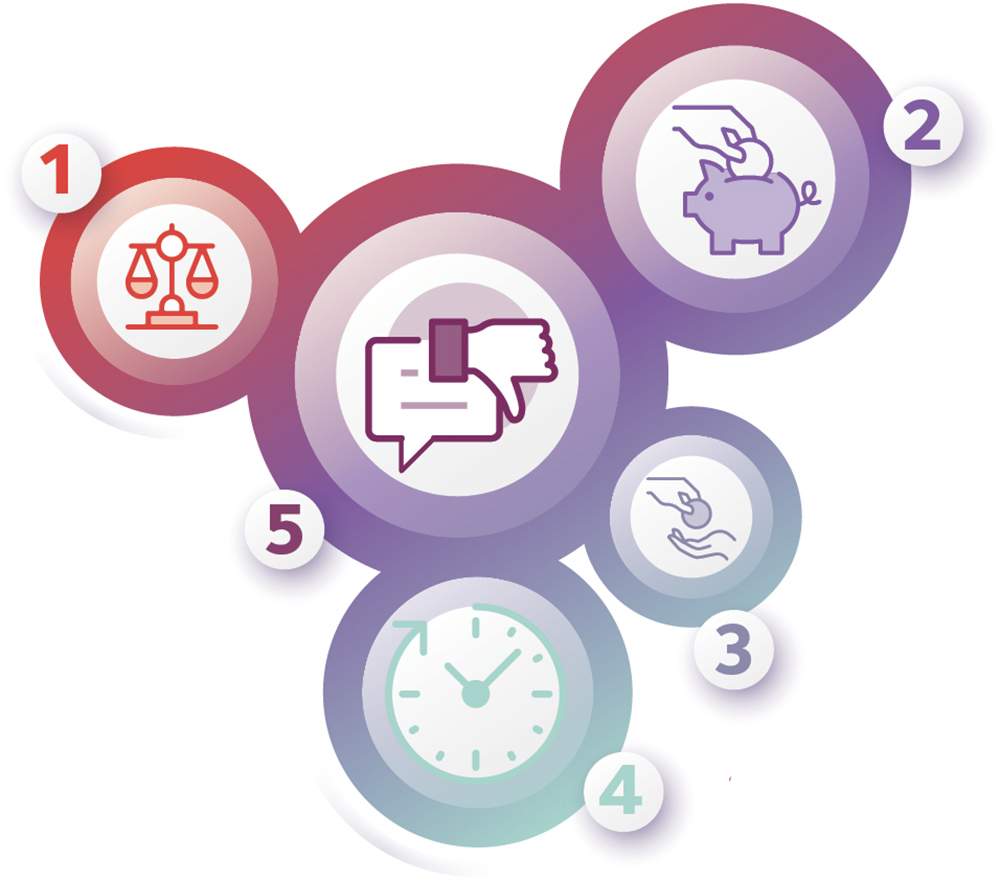What’s happening with your student loan debt?

Navigating the world of student loan repayment and forgiveness can be confusing. Here are five items that help explain what the federal government is doing about student loan debt and what you can do about yours now.
1. The Supreme Court blocked President Biden’s student loan forgiveness plan.
President Joe Biden announced in August 2022 the U.S. Department of Education would forgive up to $20,000 in student debt for millions of qualifying borrowers, amounting to an estimated $430 billion. However, after multiple states challenged the plan, the Supreme Court ruled in June 2023 it was an overreach of executive power.
2. Student loan interest and payments resumed in fall 2023.
After a more than three-year pause during the COVID-19 pandemic, interest on student loans began accumulating again Sept. 1 and payments resumed in October. However, to help prevent borrowers from defaulting on their loans, the Education Department implemented a 12-month on-ramp period during which borrowers who missed payments would not be considered in default, reported to credit bureaus or referred to collection agencies.
3. The Education Department introduced a new income-driven repayment plan.
The Education Department established a new income-driven repayment plan, the Saving on a Valuable Education plan, which reduces the amount of income used to calculate monthly bills and could save the average borrower $1,000 a year. While some benefits have already begun, others will be implemented in July. The Public Service Loan Forgiveness program also offers forgiveness for student loan borrowers who work for federal, state, local or tribal governments or not-for-profit organizations.
4. Many borrowers received late bills, leading the federal government to penalize loan servicers.
The Education Department has withheld more than $9 million in pay to four student loan servicers after they failed to send timely bills to borrowers last fall. Affected borrowers were placed into administrative forbearance until the issues are resolved, meaning they won’t need to make payments and their accrued interest will be adjusted to zero.
5. You can file complaints against your servicer with the Education Department.
Borrowers have reported facing long wait times when trying to reach their loan servicers on the phone. Servicers blame a lack of resources and notice from the government. Borrowers facing problems can file complaints with the Education Department at studentaid.gov/feedback.
To read how the ADA is advocating for student loan reform, visit ADA.org/Advocacy.



